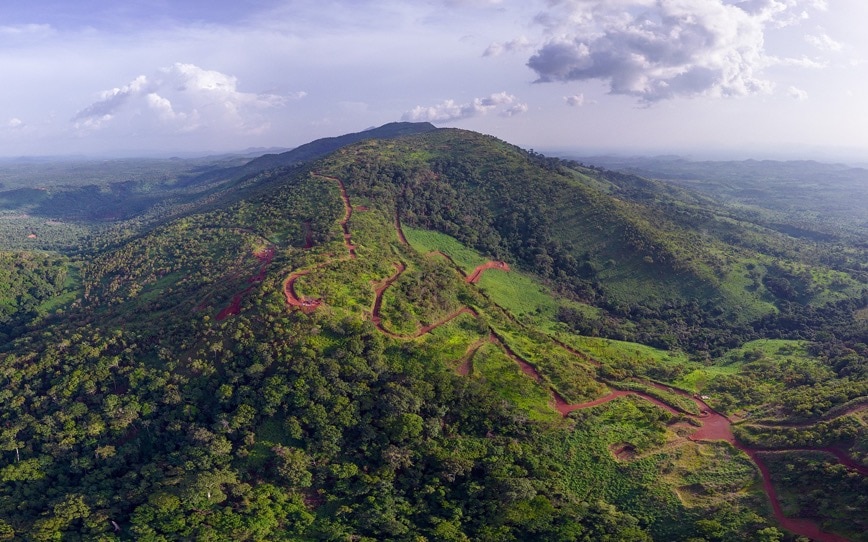Subgrade Reactivity Considerations in Pavement Design – The performance of a pavement configuration relies heavily on the underlying subgrade strength, stability and reactivity.
In pavement design practices, subgrade materials are characterised by their standard classification unit including Clays, Silts and Sands.
Typically when a clay subgrade is encountered, consideration must be given to the materials ‘reactivity’ or susceptibility to shrink-swell behavior under changing moisture conditions. This shrink-swell behavior can pose significant detrimental risks to a pavement which include the cracking of the overlying layers and removing the waterproofing, allowing additional moisture to enter the pavement and ‘snowball’ the problem.
Where suspected highly reactive subgrades exist, typical practice involves undertaking testing to identify the values of ‘liquid Limit’, ‘swell’, ‘plasticity index’ and ‘particle size distribution’ of which can be analysed to determine if the soil is reactive. The expansivity and reactivity guidelines as outlined by Austroads: Guide to Pavement Technology: Part 2 comprises:
Liquid Limit: >70%
Plasticity Index: >45
Are environmental regulations, health and safety concerns or potential profit loss a concern right now?
WPI (PI* %passing 0.45mm Sieve): >2200
Swell: >2.5%
In the case where the subgrade is considered reactive, a number of options are typically incorporated to reduce the pavement impact, including:
- Remove and Replace: Excavating the reactive material to a depth deemed appropriate and replace with suitable fill
- Cover Thickness: Providing additional pavement thickness to dampen the reactive pressures through the pavement layers, typically a minimum granular or asphalt pavement thickness of 400mm
- Insitu Stabilisation: Insitu stabilize the subgrade material using select binders including GRT7000, Lime and Quicklime blends, typically to a depth of 300mm
The depth of treatment is nominated with consideration to the reliability of the road section (i.e. roads with greater importance are typically treated to a greater depth)
With reference to the treatments outlined above, they are considered a ‘reactive approach’ in comparison to a ‘proactive approach’ and should only be adopted if the cause of the problem cannot be treated.
Given the shrink-swell pressures are generated from a fluctuation in moisture content, the ‘Equilibrium Moisture Content’ (EMC) principle is a proactive, preventative method of limiting the reactive behavior and can be achieved using a number of suitable techniques including:
- Impermeable Barriers: Installed to a nominal depth adjacent to the pavement structure to reduce the lateral moisture fluctuation from table drains
- Impermeable Shoulders and Table Drains: Placing impermeable material and/or linings ‘to reduce moisture ingress and to increase the distance required for ‘capillary rise’ moisture fluctuations
If left untreated, a reactive subgrade can result in a significantly increased rate of deterioration for a pavement regardless of the traffic volumes. It is for this reason that subgrade reactivity should be considered as a key design parameter prior to undertaking a design.
For more information on Global Road Technology or Subgrade Reactivity Considerations in Pavement Design please contact us: https://globalroadtechnology.com/contact-us/
MORE INDUSTRY ARTICLES
April 17, 2024
Team Rio Locks In $23 Billion for Simandou
April 12, 2024
Fortescue Flicks-On QLD Electrolyser Plant
MORE INDUSTRY ARTICLES
April 17, 2024
Team Rio Locks In $23 Billion for Simandou
April 12, 2024

